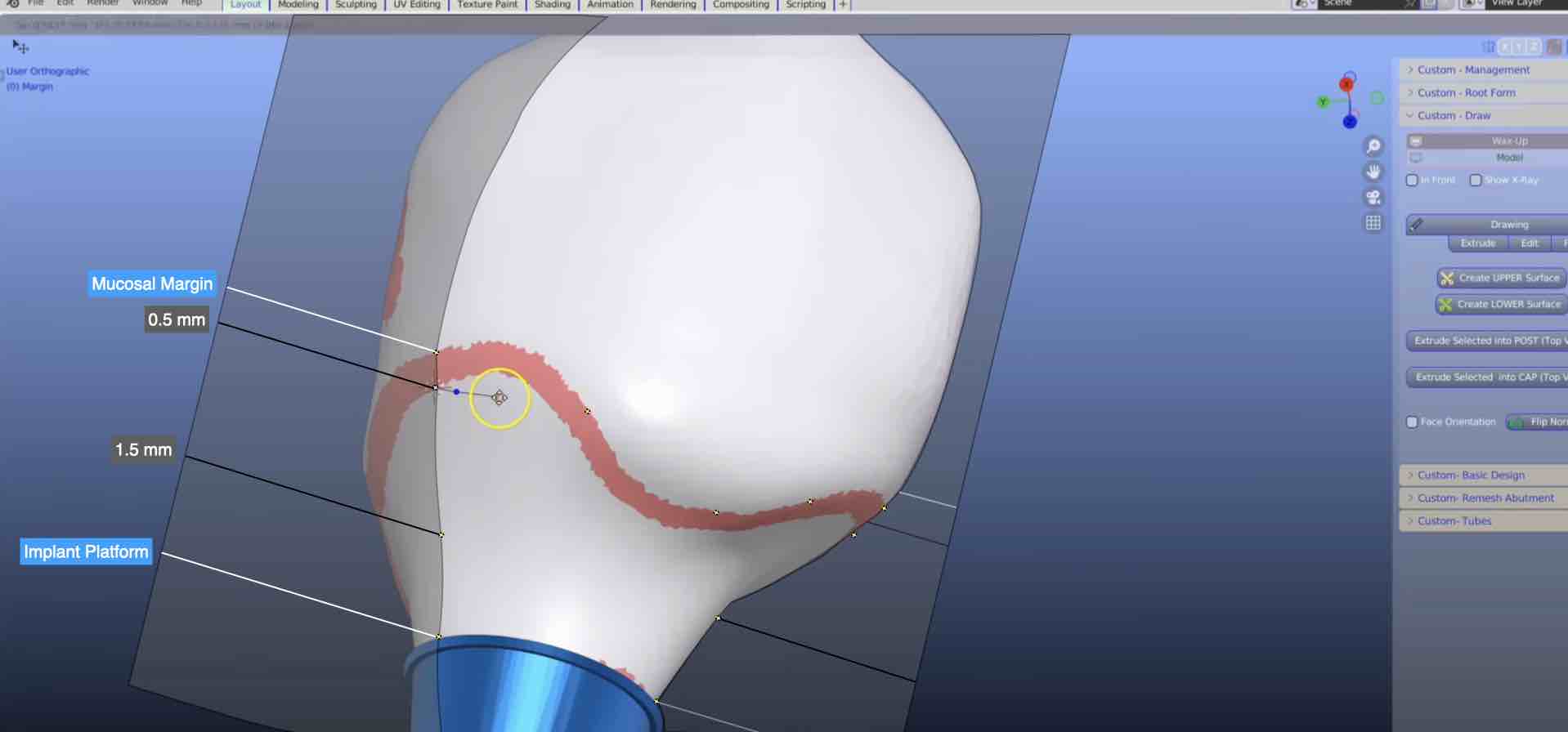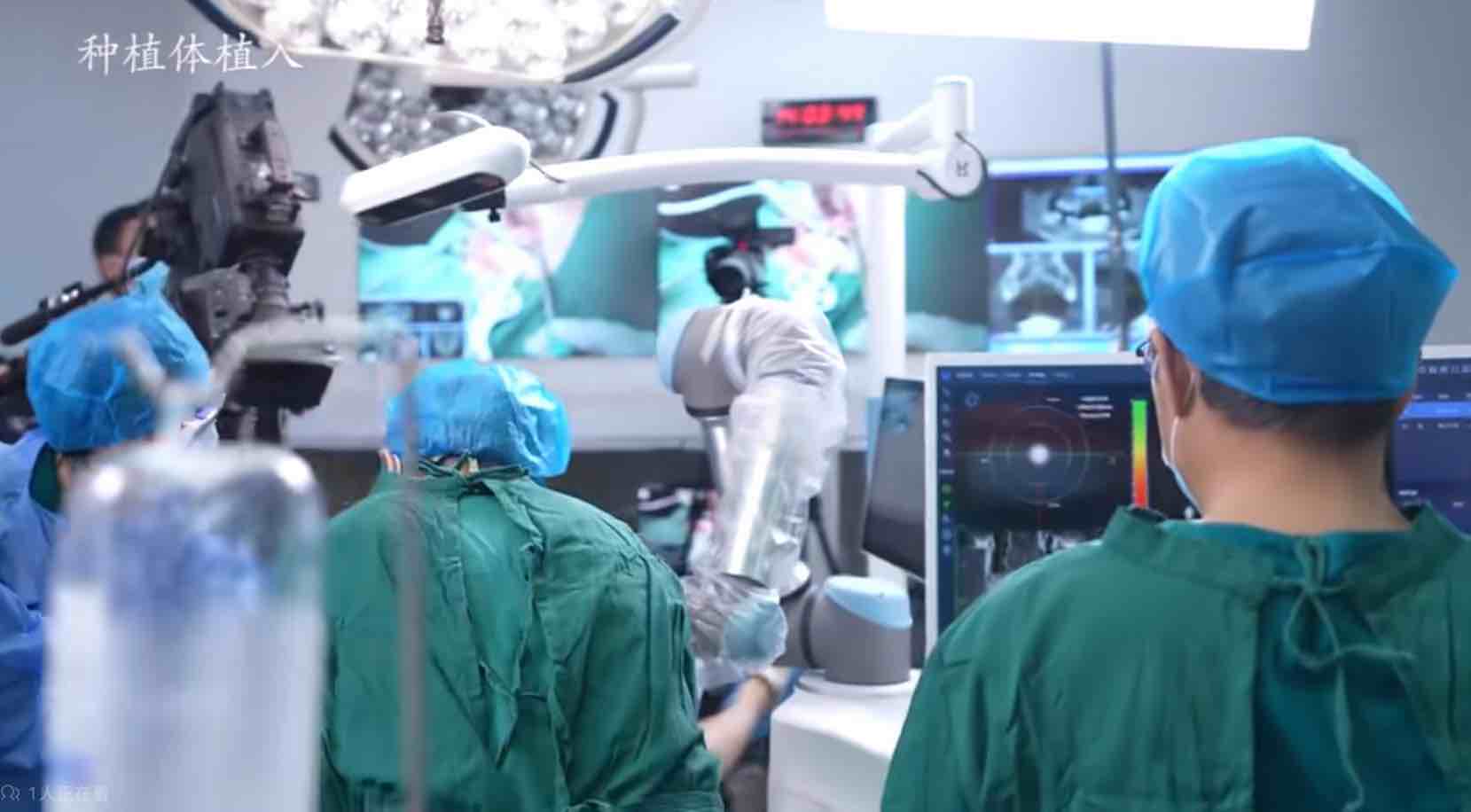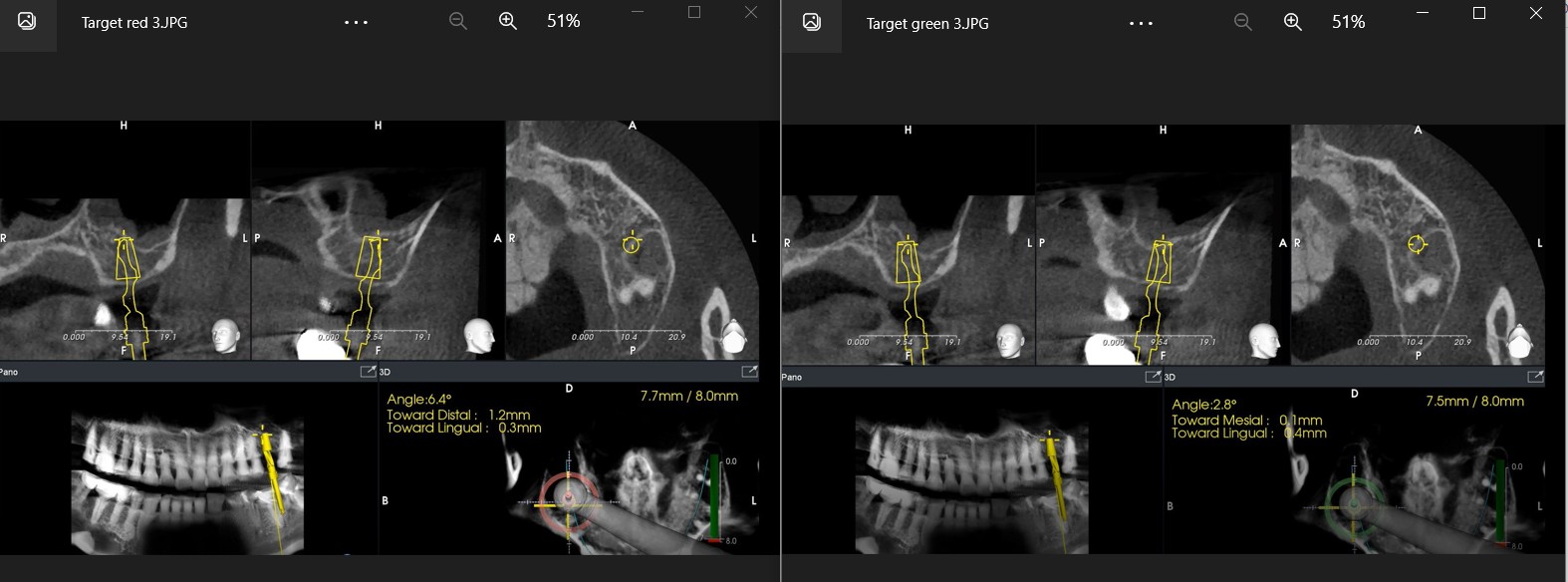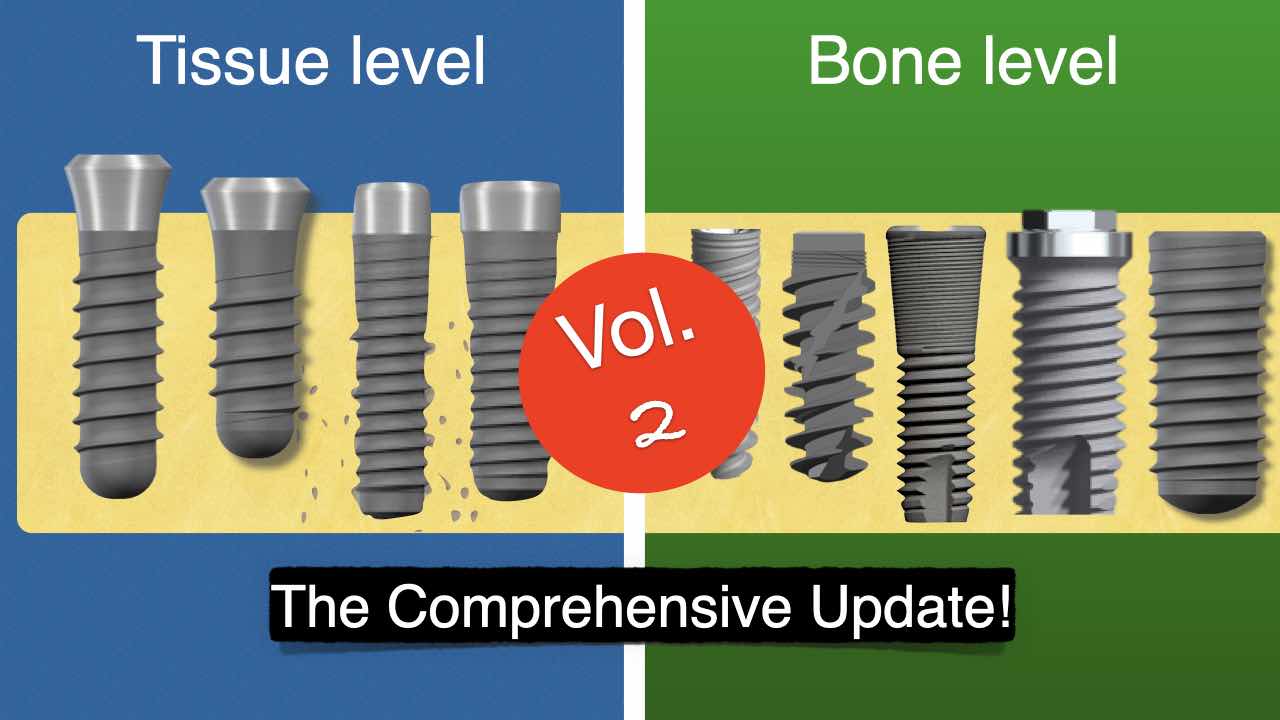Implant Emergence Profile Demystified
Is the implant emergence profile important for success of treatment? A wide mucosal emergence angle of the implant prosthesis can increase by as much as 30 times the risk for inflammation of the peri-implant tissue, as shown by a recent clinical study. It becomes therefore apparent that the prosthetic design of the implant supracrestal complex is critical for the long-term health of peri-implant tissue. Read more about the design features that are most important and the designs you need to follow when treatment planning with dental implants. Mucosal Emergence Angle, Deep Angle, Total Contour Angle





